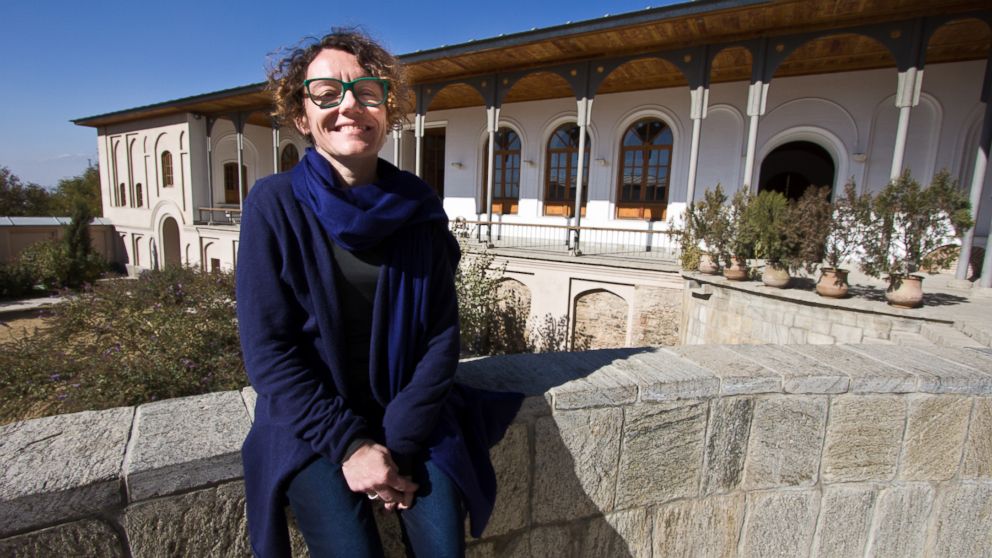Afghan Art Project Could Be Casualty of US Pullout
Francesca Recchia has inspired young artists in war zone.

KABUL, Afghanistan Dec. 5, 2013— -- In the face of a U.S. threat to pull all of its troops out of Afghanistan next year – and the nosedive in foreign donations expected to come along with it – Francesca Recchia's experience has taught her one thing.
Art is usually the first thing on the chopping block.
"Culture is always the least on the agenda," she explains.
"You fund business development and you get three new shops. You fund an art prize and what do you get? Physically, nothing."
Recchia, an Italian who holds a Ph.D. in cultural studies and previously lived in Iraq and India, moved to Kabul in 2011. She's well-known among the young, expat community for spearheading the Little Book of Kabul project, which explores how art can play a role in stabilizing Afghanistan after the NATO mission ends in 2014.
Recchia has also been overseeing the Afghan Contemporary Art Prize, an annual event that identifies Afghanistan's top up-and-coming artists, and then puts them through a series of workshops aimed at helping them hone their skills. It's part prize, part art boot camp.
This year's finalists had their work displayed at a public exhibition in late November. Unlike previous years, this year under Recchia's stewardship the exhibition was held at Kabul's Babur Gardens, a historic park believed to have been built by the first Mughal emperor, Babur, in the mid 16th century.
Perched high on a hill overlooking the rest of Kabul, the space – inside a small, empty reception hall on the garden's manicured lawns – cost $3,000 to rent for two weeks. Recchia and her colleagues built the custom-designed exhibit gallery from scratch, including electrical wiring needed for spotlights to showcase the work.
"We physically made it," she says. "Nails and hammer. We were just three people. Knees on the floor and everything."
The end result seems out of place in a city plagued by decades of war. A safe, quiet, art-filled gallery with dozens of pieces on display, including a projection room with taped performance art running in a loop. It's somewhere between what you'd see in a high school art exhibit and the Louvre.
And for Recchia, that's not a bad start.
"It's a political statement," she says.
"You can create a space for critical thinking without lots of money. Yes, feeding people in Afghanistan is a priority. But you know, fostering a space for free and critical thinking is also necessary."
It's difficult to gauge how successful the exhibit was. The official tally shows more than 1,500 visitors over a two week period. Though the numbers aren't overwhelming, Recchia suggests it's a case of quality over quantity. The ages of the artists ranged from 18 to 28. In a country where art exhibits are exceptionally rare, young Afghans were given a free, open, and non-judgmental space to express themselves creatively, away from the peering eyes of Kabul's conservative mullah clique.
But like so many foreign funded projects in Afghanistan, the art exhibit and its training programs may not survive.
The Afghan government and NATO are locked in a standoff over a long-term security agreement. In November, an assembly of 2,500 Afghan leaders and elders voted to allow U.S. soldiers to continue their training mission in Afghanistan after the official NATO mandate expires after 2014. Despite their approval, Afghan President Hamid Karzai has so far refused to sign the deal, insisting on further concessions from America.



